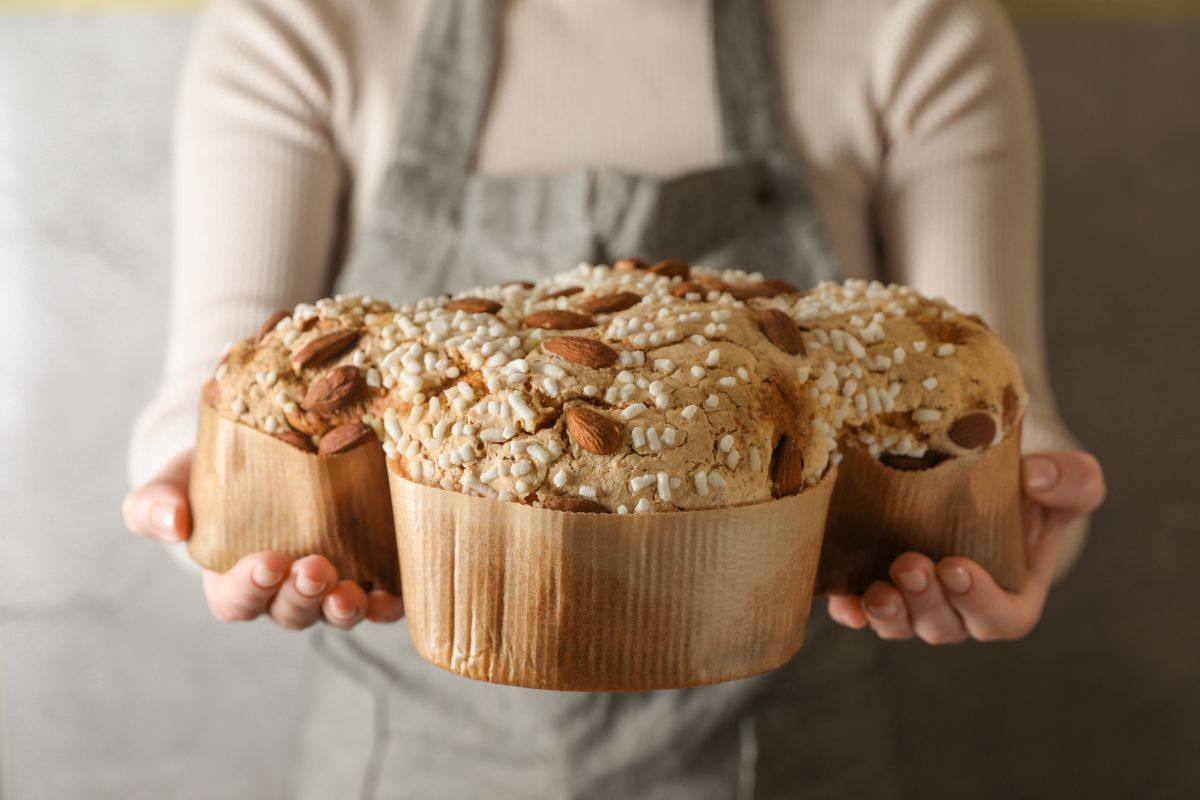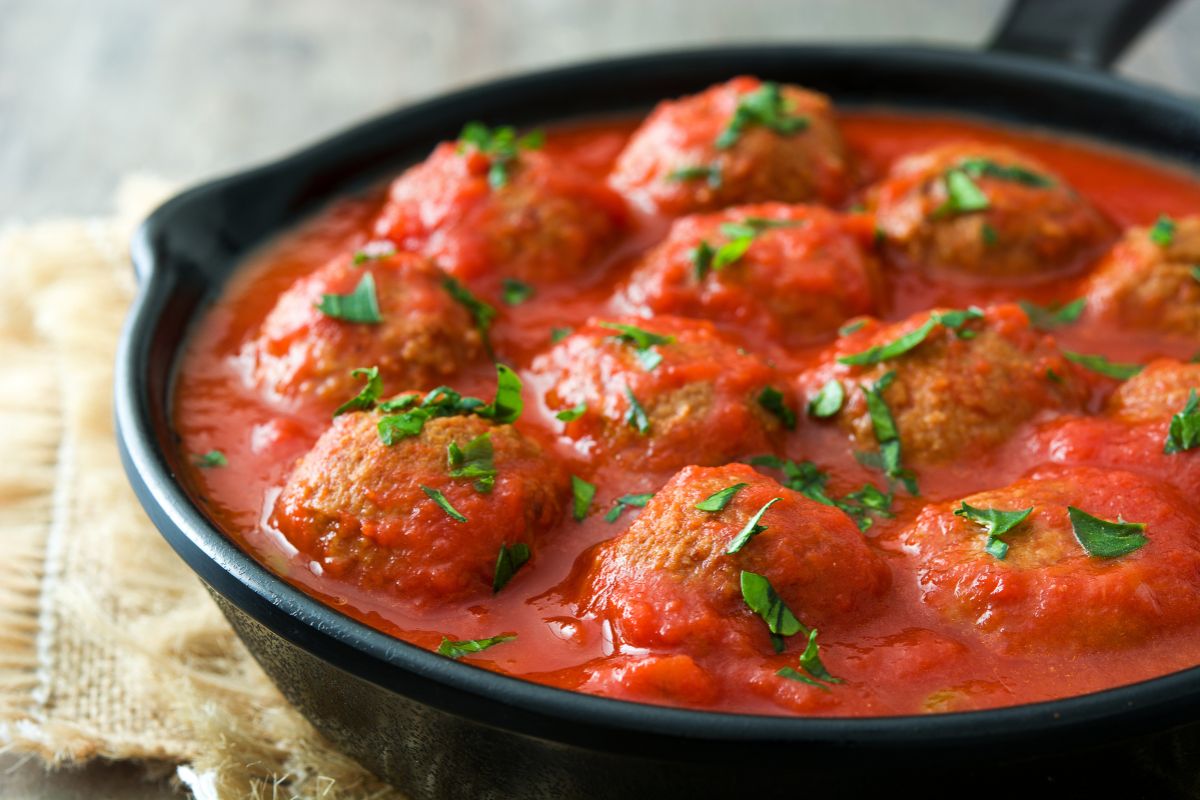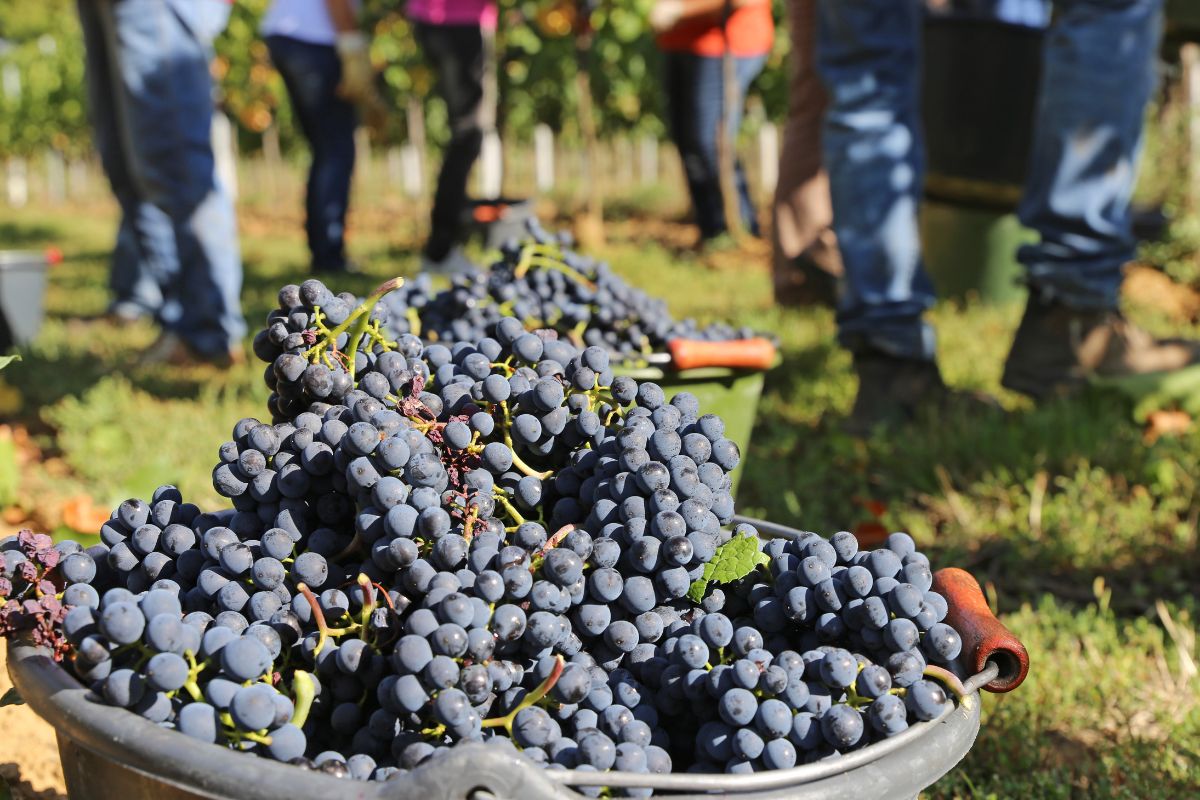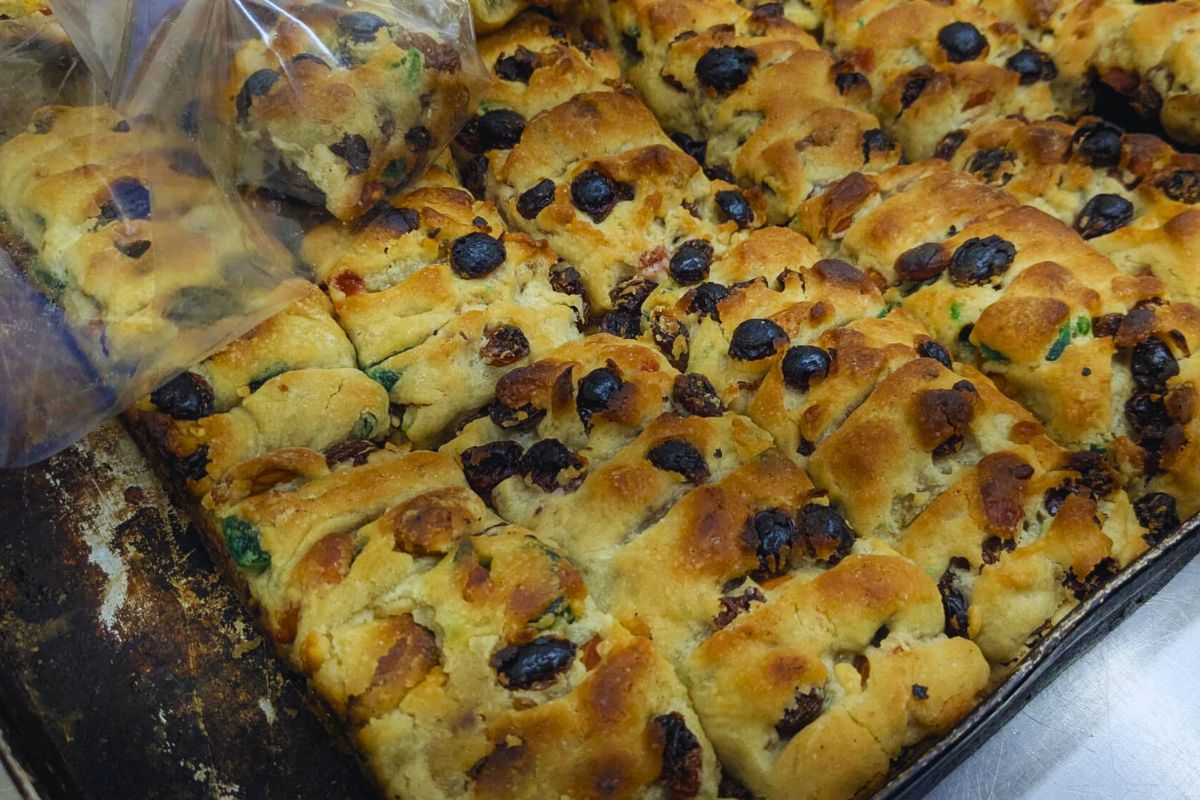
Who loves cookies raise your hand!
Today it’s the international cookie day, what about Italian cookies? Let’s discover the crunchy
The cookies
Bis-cotto meaning twice baked. Already in the name hides the origin of this recipe, which calls for a double baking of the dough, indeed. In order to make it crispy. We are sure that on the web you will find thousands of pages dedicated to the phantom search for the inventor of this recipe. As, certainly, cities and towns will contend for the maternity (or paternity as you like) of one or the other recipe. Little does it matter, all cookie recipes are good anyway, especially if they speak of simple, quality ingredients. However, these tasty little creations, whether they originate in home kitchens or professional bakeries are capable of moving things and people. All of us are fond of cookies because they remind us of childhood and grandmothers, breakfasts at home and holidays. Every town has its own traditional cookie to brag about.

From homemade to packaged cookies
How much is the cookie market worth in Italy? In an increasingly fast-paced culture, packaged cookies find ample space in Italians’ homes. When the traditions goes away, therefore, the industrial products make their way onto supermarket shelves. Colorful packaging, product mascots, emotional commercials induce the purchase and consumption of this type of cookies. In 2023, the cookie market is producing 5 billion euros. There is no need to mention the various firms such as Pavesi, Ferrero and Barilla. Giants that between Gocciole, Nutella biscuits, Ringo, Grisbi compete for a mouth-watering market. Increasingly looking to exports.
Rome’s most famous cookies biscotti
In Rome, however, there is for no one: Gentilini has been making cookies since 1890. This is the cookie of the Romans, famous even abroad, especially in Canada. Perhaps more popular abroad than in other regions of Italy, where it suffers competition from local firms. It is a company founded by Pietro Gentilini, of Tuscan-Emilian origin. After various experiences abroad, Il Gentilini founded in Rome, the new Capital of the Kingdom his cookie factory in the Esquilino district, soon arriving, to open as many as four stores. Everyone in Rome knows Gentilini’s famous tin box, and his most famous cookies such as osvego and novellini. Despite being an industrial product, then, the company has remained faithful to the quality of its ingredients.
Rome’s most famous artisan cookies
For Romans, therefore, there are three orders of artisanal cookies: homemade, bakery and pastry cookies. Every home has its cookie recipe of the heart, handed down through times. As well as its favorite bakery or pastry shop where to get its cookies.

Roscioli Bakery
One of undeniable fame and goodness is, without a doubt, Forno Roscioli close to Campo de fiori. This family bakery has been churning out tons of bread, pizza by the slice and trays of cookies every day since 1980. The most famous, almost symbolic of the Capital is the brutti ma buoni cookies (litterally: ugly but good). It is a simple cookie made of egg whites, sugar and dried fruit. They owe their name to their not-so-graceful shape.
Innocenti Biscuit Factory
Another notable cookie factory is Biscottificio Innocenti in Trastevere, which has been churning out cookies and more since after World War II. Here you can delight in the ciambelline al vino, one of the simplest and most delicious recipes. They are very simple cookies that are made from white or red wine, oil, flour and sugar. In Rome they are nicknamed ‘mbriachelle (from drunk because they are made with wine). They have only two flaws: firstly are so good that one pulls the other. Secondly, they are often not easy to dunk…obviously in wine
Biscottificio Valzani
The Valzani cookie factory has been baking Roman specialties since 1925. Like the famous fave dei morti, cookies made in the first days of November for the All Saints’ Day celebration. Here you can also find the famous Mostaccioli Romani. This is a cookie of very ancient history, even mentioned by Pliny the Younger. It was prepared and offered during “nuptials,” as, today, sugared almonds are offered to wedding guests. The Mostacciolo cookie by Valzani, however, is enriched with chocolate. Ingredient certainly unknown to the Romans of the Empire. But this is their signature.
Boccione Confectionery
Useless to look for the website…it’s not there! Pointless to even look for the signage-that’s not there either. No need for advertising indeed. There are places of the heart where all the marketing skill in the world yields to the word-of-mouth tool. This is so true for Boccione‘s bakery. Its reputation stands the test of time, despite being small, the service hasty and Roman-style, the cookies burnt at times. But Boccione is so, for Romans, likewies a monument. Here you must try the ginetti, small elongated cookies, perfect to dip in coffee. But must-to-try is the Pizza di Beridde, a triumph of almond paste, pine nuts, raisins and candied fruit. An exceptional cookie that can replace an entire lunch. Another amazing reason to visit the Jewish Ghetto of Rome.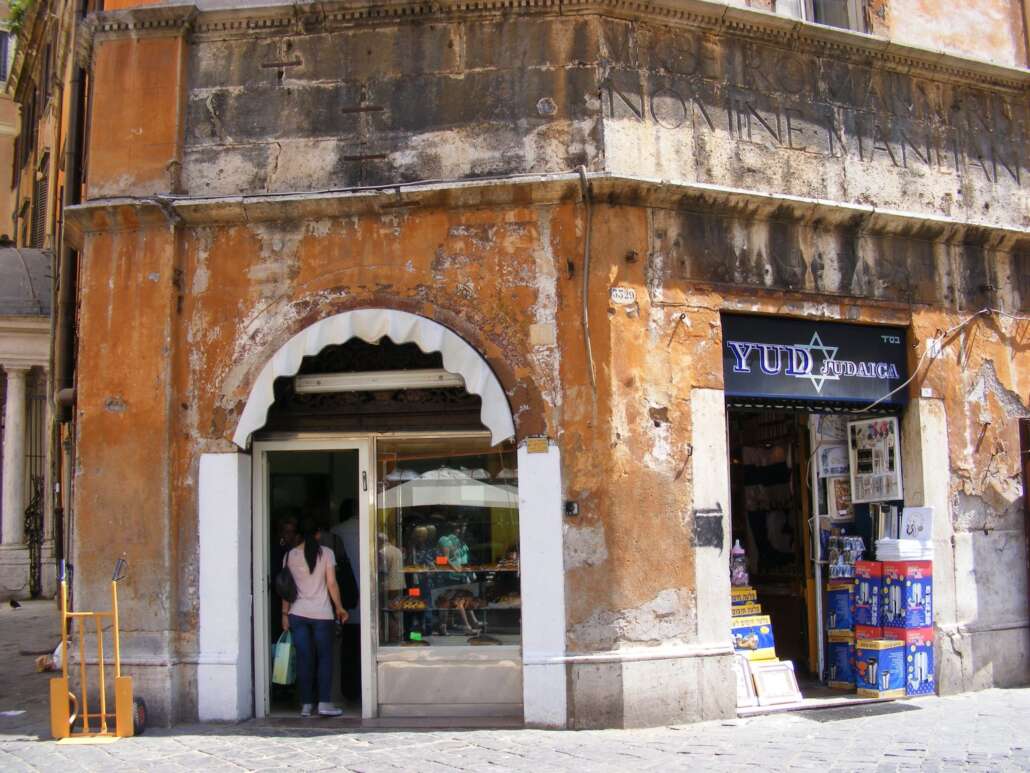
Near Rome: the cookie of the Castelli Romani
We cannot fail to mention a very special cookie: the pupazza frascatana. This is a cookie in the shape of a little woman with three breasts, probably alluding to abundance. The debate over the cookie’s origin still animates Frascatans and patrons of the historic Forno Ceralli. This is a traditional bakery owned by Grandma Rosanna, who sadly passed away last August. The cookie, composed of flour, water and honey, is very simple and therefore good.
Tuscany has its own traditions for biscotti
In Florence there is a beautiful workshop-museum: Antonino Mattei, year founded 1858. The original workshop is located in Prato where the founder created the famous almond cookie. It is still a family business today, but Pandolfini, who took over the business from Mattei in the early 1900s. I biscotti di Prato alle mandorle (Prato’s almond biscotti )are made with flour, almonds (of course), eggs, and pine nuts. They are known as cantuccini and are the classic end-of-meal cookie of Tuscan tradition. Strictly served with Vinsanto. Alongside this classic version there are other types: chocolate, pistachio and hazelnut. The packaging in classic blue paper with proprietary pantone color is stunning.
Lunardi Brothers
Massimiliano and Riccardo Lunardi are two Tuscan brothers. In fact, two Tuscan brothers in the best sense of the word. With passion and dedication, starting from the family bakery and store, they opened this fine artisan business that from Quarrata and Pistoia has made its mark throughout Italy. Niche products of the highest quality, such as cantucci, chocolate cookie (with large pieces), and orange cookie. Not to mention their panforte margherita, which is only found at Christmas time. Which is not really a cookie, but one that you should not miss at this time of year.
The savoiardo cookie (lady finger)
Perhaps one of the most famous cookies in the world, partly because tiramisu would not exist without it. Savoiardo is one of the iconic cookies of Piedmont. It is a tea or cream cookie that is light and crumbly. The first record of this cookie dates back to 1722, in the shopping list for a wedding banquet in Venice. It comes from a frothy mixture of egg yolks and egg whites with sugar, artfully combining the flour. The mixture is spread with a sac a poche on a baking sheet, sprinkled with sugar before baking. Enjoy them in the Al Caffè Bicerin, along with a hot chocolate to feel like you are in another era. Savoiardi are also made in Sicily for the truth, although they are different in the shape and proportions of the ingredients. They are consumed as milk cookies for breakfast.
In the South
In Puglia, the slow food presidium cookie name is the Biscotto di Ceglie. It is made with peeled and chopped almonds with eggs, coffee or vin cotto liqueur and sugar. Two strips are cut from the dough and overlapped after spreading a layer of jam on the inside. They are cut into squares and baked on a baking sheet. You can find them in many pastry shops and bakeries in Ceglie as I dolci della tradizione.
It’s easy to say Canestrello
Impossible to start the day in Sardinia without Gallettinas or pistoccheddus grussus. Once again the ingredients are few and simple, while the processing a bit more intricate than you might think. On the small island of Carloforte, however, we find the tradition of Canestrello. Unlike the small Ligurian Canestrello, although the traditions of the two join back in time, it is a cookie of a certain magnitude. It is a cookie made of flour, sugar, lard, eggs and a mix of natural flavorings, covered with an icing(hood).
Artisanal cookies for dogs?
When in Rome you will easily notice there are many dogs around. Local people loves pets. Rome is quite pet friendly, many restaurants accepting dogs inside. Even for the lovelies got their pastry store. Bravocookies produces artisan cookis for dogs. You can find those cookies in many Pet stores. Mastri Biscottai is a shop open to public in Portuense district. Ask us our Best Restaurants guide book for free.
It seems clear that our country offers a lot in this respect as well. So let’s celebrate International Cookie Day with our favorites.




